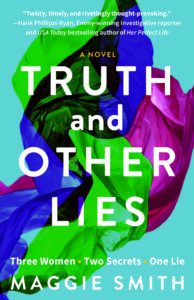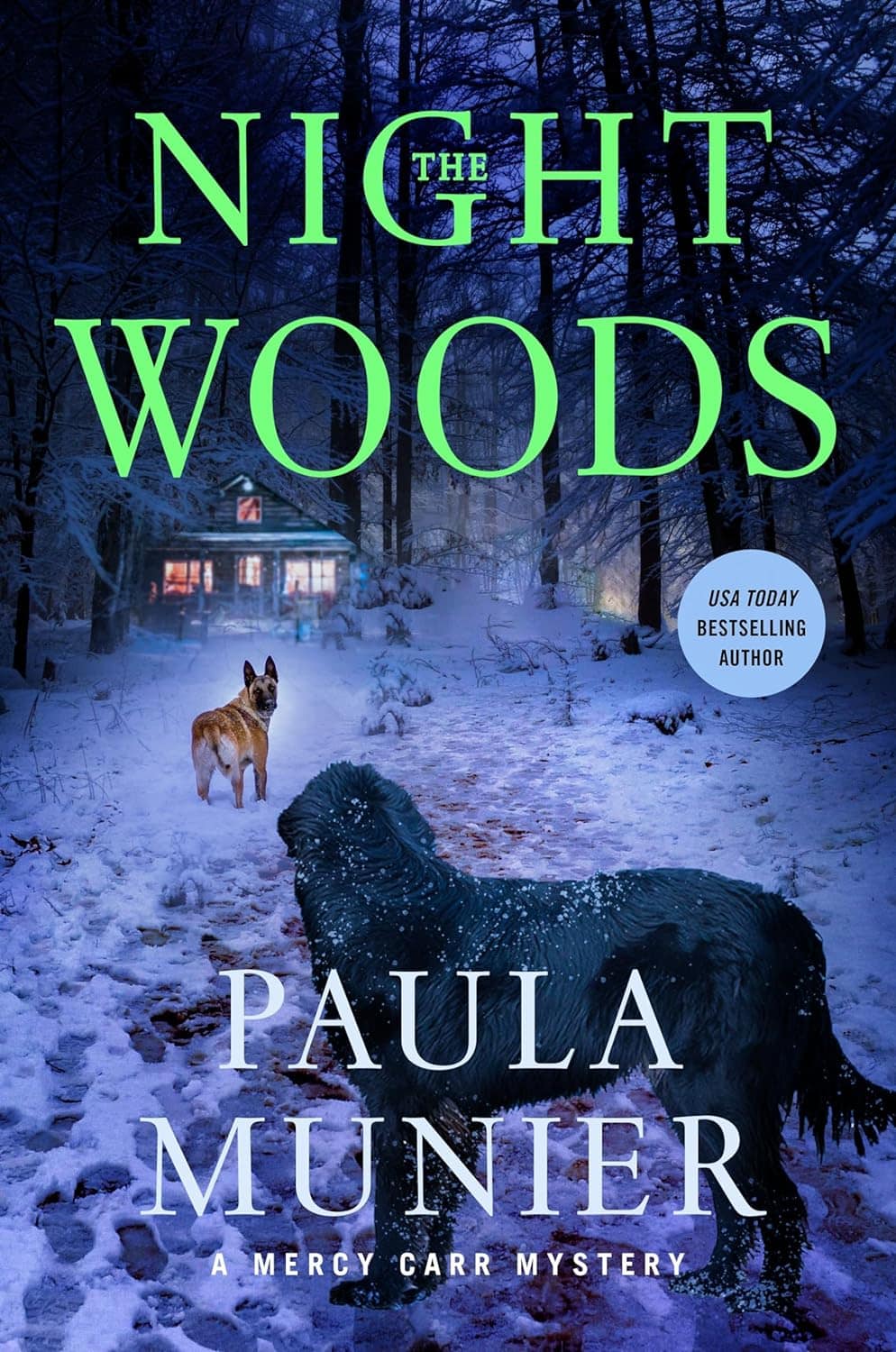One of the first steps a writer takes when starting a new novel is to flesh out the character arc of the protagonist. We’re not talking here about the outer plot (though we need that, too), but the inner journey, the one that forces the character to grow, learn, change, evolve, or even completely transform in order to reach her goal. And that arc is tied to the underlying theme we’re exploring, be it the importance of family, the loneliness of isolation, or the value of honesty. The protagonist we meet at the beginning of the book is a different person than the one we know at the end, and the difference between these two is where the journey takes the reader.
And then there’s the antagonist. It may be a flesh-and-blood villain working to make sure the protagonist doesn’t succeed, or inanimate forces throwing roadblocks in her way. It may be our hero’s inner demons, which cause them to stumble, or life circumstances which stand in their way. Regardless, most stories have an identified protagonist and antagonist, each with a well-defined character arc.
But what about all those other characters who inhabit this world? Do you need to have an arc for them as well? I’m talking here about what Margaret Atwood calls “The Supporting Cast.” Do we need to have them grow and change over the course of the storyline as well? While their arcs may not be the focus of the story, that doesn’t mean they’re insignificant or unnecessary. On the contrary, their arcs can make the difference between a book that comes off as cliched and two-dimensional and one that readers describe as rich and resonant. Imagine Sherlock Holmes without Watson or even Mrs. Hudson. Think of the important arc Boo Radley has in To Kill a Mockingbird or Rue in The Hunger Games.
Let’s examine five reasons to consider giving your secondary characters an arc as well.
It helps with the overall realism of your world-building.
By making your supporting characters deeper, more real, more human, readers will feel more immersed in your fictional setting. For example, in my debut novel, Truth and Other Lies, I included a few scenes between my protagonist, Megan, and her best friend, Becca, where they’re dealing with a critical decision Becca must make. We see Megan not only stand by her friend but do so despite pressure from her new mentor to behave differently. Through both dialogue and action, the reader observes how strong their friendship is and how loyal they are to each other, something they will no doubt have experienced with their own close friends.
You can explore different facets of your theme by having your supporting characters face the same ethical dilemma as your protagonist and grapple with the same possible choices.
If the supporting character is an ally of your protagonist, this gives you the opportunity to have the two of them discuss the complexities of the situation and the possible consequences through dialogue rather than the dreaded author “lecture.” For example, your theme may be the challenge of getting ahead in the workplace without sacrificing your ethics. Your protagonist may be asked by her boss to falsify documents but earlier we’ve seen her interacting with her father, who has discovered an error on his tax bill. In this case, the secondary character may model a behavior that the protagonist will later use in making a crucial decision. Even though the primary purpose of the secondary character’s arc is to help develop the protagonist, their individual story gives you the opportunity to make a statement about the world you’ve created from the unique perspective of someone who is not your main protagonist.
In contrast, your supporting character may share the same inner flaw as your protagonist but make a contradictory decision.
Like lawyers arguing a case, the reader is presented with both sides of the question through the character’s interactions. You might show that supporting character having a “falling arc” based on their choices (in contrast to the opposite choice made by the protagonist) and it ultimately dooms them. They started the story as a good/happy/successful person, but by the end, they’ve become unhappy, their life in shambles.
For example, your protagonist may want revenge against the woman who “stole” her husband, only to realize her obsession is destroying her happiness and she needs to let it go. But her next door neighbor is consumed with jealousy over a minor incident in yoga class, leading to depression and social isolation. Each of them makes a different decision and the consequences are evident to the reader by the end of the novel.
Through their arc, secondary characters can reveal truths about the protagonist you aren’t able to show any other way.
For example, if a grown daughter is sniping at her mother and the mother is a formulaic caricature, the reader might side with the daughter. But if the parent has a character arc of their own that’s evolved through the narrative, we may realize the daughter is the one with the problem, that she’s blaming the mother for issues of her own making.
A good supporting character will have a story beneath the surface whether the novel details it or not.
It may help to think of them as the protagonist in your next novel when you’re beginning to flesh them out. Many a well-written secondary character has gone on to bigger and better things in an author’s subsequent books. In fact, Tana French’s Dublin Murder Squad series does precisely that, taking a supporting character from one story and making them the lead in the next.
Should ALL your secondary/minor characters have arcs? That might make for a dizzying concept with a blurred focus, and a reader might finish the book unsure what you were getting at. Instead, be strategic – make sure your supporting cast arcs never overpower or supersede that of the protagonist’s primary arc. If your secondary character is more interesting than your protagonist, you might need to go back to the beginning and re-examine what story you’re really telling.
How do you handle your secondary characters? Let’s talk about it on the Career Authors Facebook page!
 Maggie Smith is the author of TRUTH AND OTHER LIES (March 8, 2022; Ten16 Press). She also hosts the Hear Us Roar podcast and serves as a board member for the Chicago Writers
Maggie Smith is the author of TRUTH AND OTHER LIES (March 8, 2022; Ten16 Press). She also hosts the Hear Us Roar podcast and serves as a board member for the Chicago Writers Association where she edits Write City Magazine, contributes quarterly blog posts and oversees a monthly independent bookstore feature. A graduate of Northwestern University’s Medill School of Journalism, she now lives in Milwaukee, WI. You can visit Maggie online.
Association where she edits Write City Magazine, contributes quarterly blog posts and oversees a monthly independent bookstore feature. A graduate of Northwestern University’s Medill School of Journalism, she now lives in Milwaukee, WI. You can visit Maggie online.





